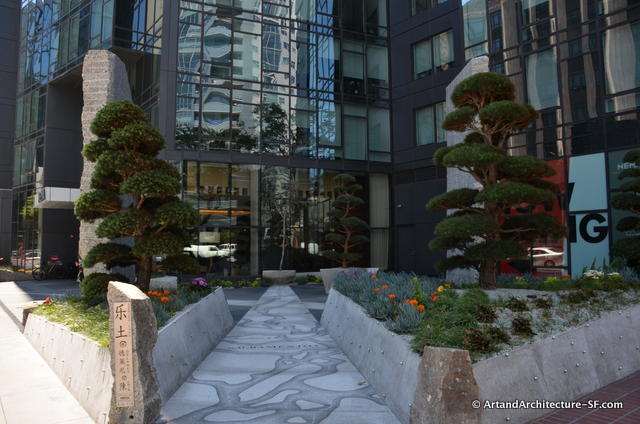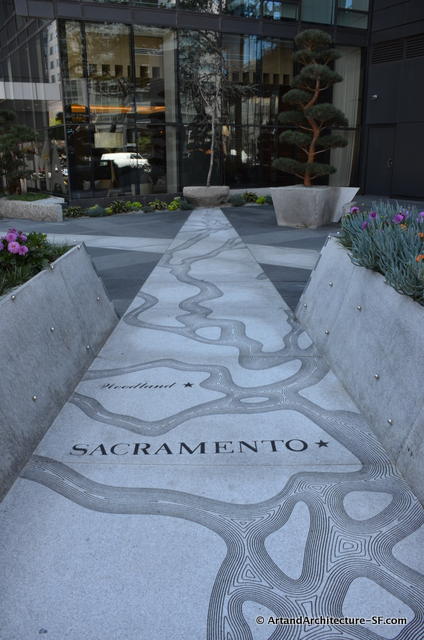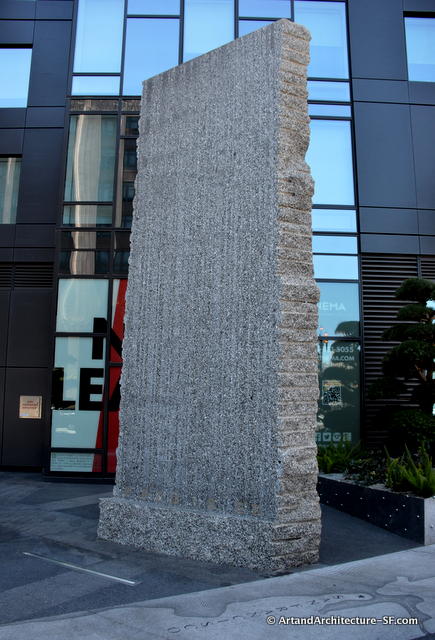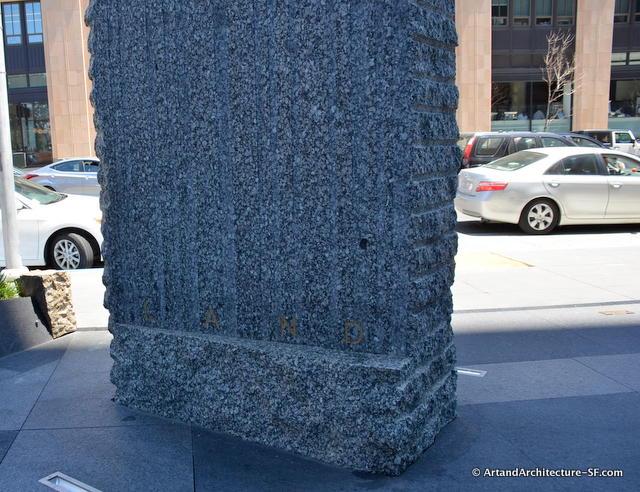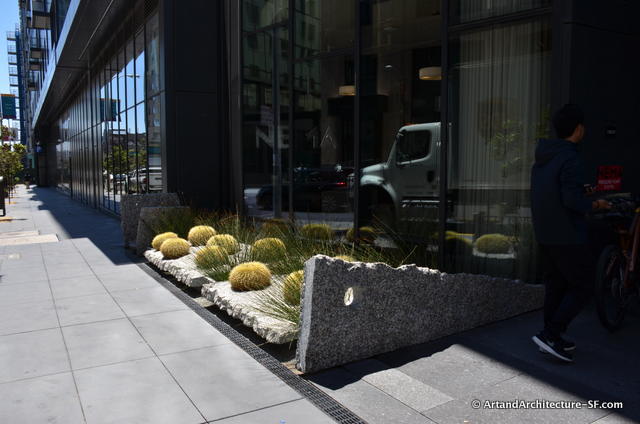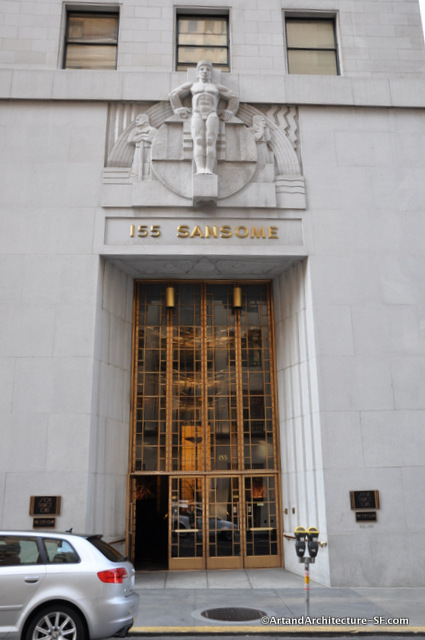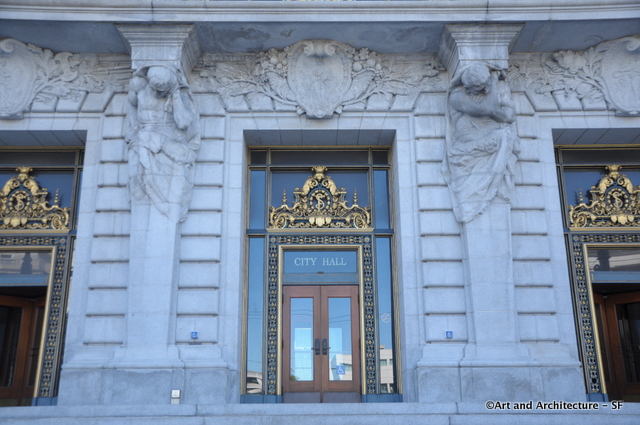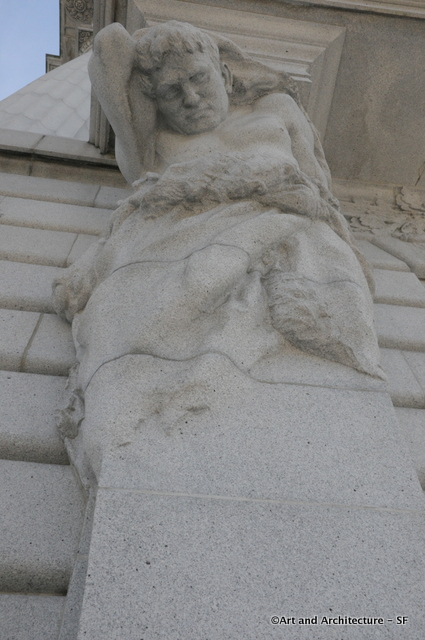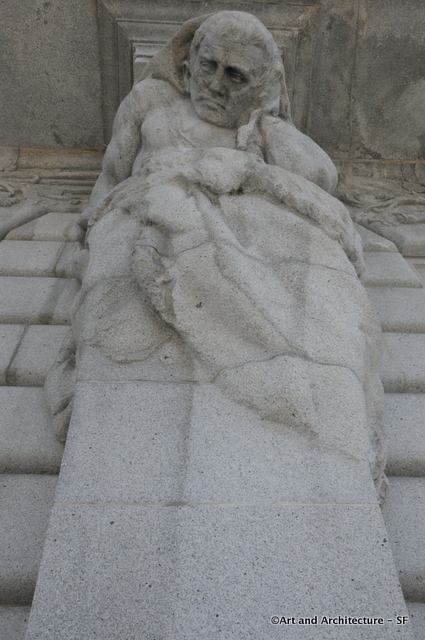Lombard Avenue
On the drive up to Coit Tower
North Beach
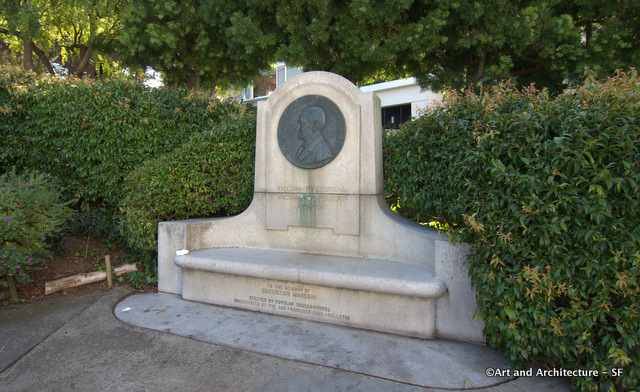
This memorial to Guglielmo Marconi was placed sometime in 1938-1939.
A group called the Marconi Memorial Foundation incorporated in the 1930s for the purpose of enshrining Marconi as the inventor of the wireless (a fact contested by the Russians). They placed two memorials one on the slopes of San Francisco’s Telegraph Hill and one at 16th and Lamont Streets in Washington D.C..
The Foundation collected public subscriptions from the supportive Italian-American community in North Beach, and on April 13, 1938, received permission from the U.S. Congress and President Franklin Roosevelt to erect memorials on public land. The foundation spent $65,115 for the two memorials.
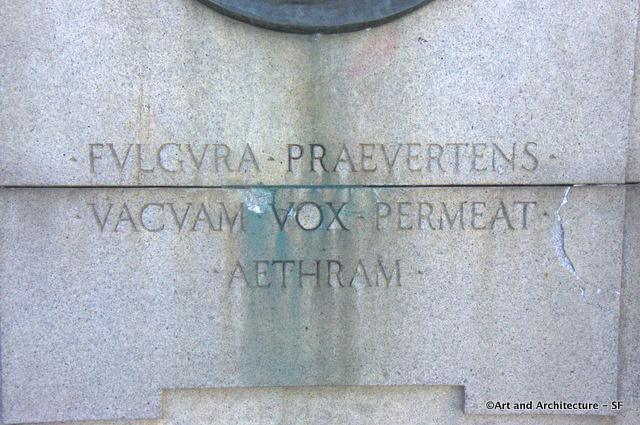 Carved in Raymond California granite the latin on the base reads: Outstripping the lighting, the voice races through the empty sky.”
Carved in Raymond California granite the latin on the base reads: Outstripping the lighting, the voice races through the empty sky.”
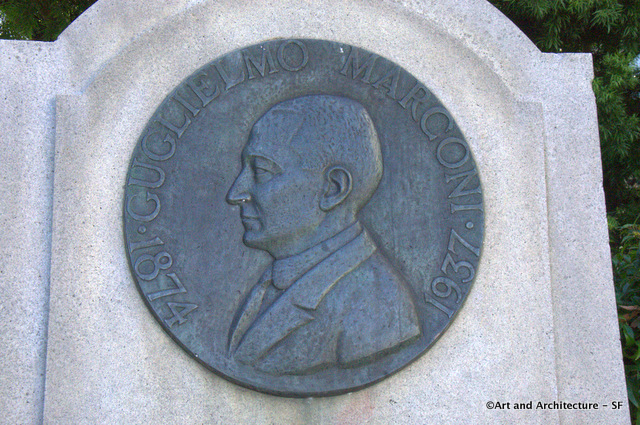
Marconi, is credited with not only developing radio telegraphy (wireless), but he brought it to England. A patent was granted him in 1896.
“In 1899 a team of San Franciscans reproduced Guglielmo Marconi’s method of communicating by radio waves and demonstrated its usefulness by sending a message in Morse code from a lightship anchored outside the Golden Gate to the Cliff House on the San Francisco Shore. This was the first wireless message broadcast on the West coast and the first ship-to-shore broadcast in the United States.” University of Santa Clara: A History, 1851-1977 by Gerald McKevitt
A month later Marconi himself came to America and repeated some of his experiments.
On April 27th , 1934 Marconi celebrated his 60th birthday by receiving an honorary citizenship of San Francisco. It was conferred in a ceremony at the Academy of Italy by Father Oreste Trinchieri, representing Mayor Angelo Rossi. The inventor made a 10-minute talk. Marconi recalled his visit to San Francisco and the fact that California had welcomed thousands of Italians to her bosom. He asked Trinchieri to convey to the mayor his heartfelt thanks and say that he hopes to return to San Francisco soon.
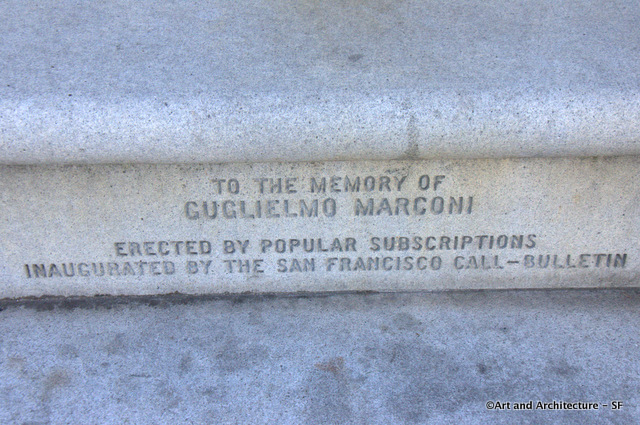
The statues are often credited to Attilio Piccirilli (May 16, 1866 – October 8, 1945) an American sculptor, born in the province of Massa-Carrara, Italy, and educated at the Accademia di San Luca of Rome. He in fact did do the Marconi Memorial in Washington D.C. However, the sculpture in San Francisco has been attributed to Raymond Puccinelli by the Smithsonian Institute.
Puccinelli has been in this site before with his Bison Sculpture. Son of Antonio and Pearl Puccinelli, Raymond was born in 1904, on Jessie Street in San Francisco, and attended Lowell High School. Puccinelli studied art in both California and Italy, and for a time maintained a studio in Lucca, Italy. He was sculptor in residence of the Rinehart School of Sculpture of the Maryland Institute of Art and Peabody Institute.
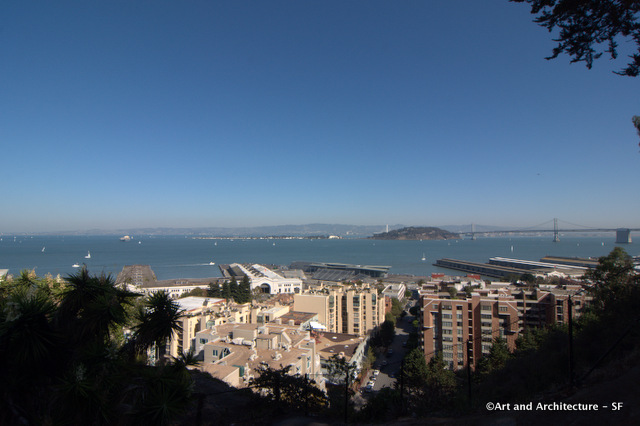
The view from the Memorial is one reason many people don’t notice it is there.
Telegraph hill was named, not for radio telegraphy (wireless), but for the semaphore visual signaling device erected there at the instructions of ship Captain John B. Montgomery and used from 1846 until the turn of the century.
